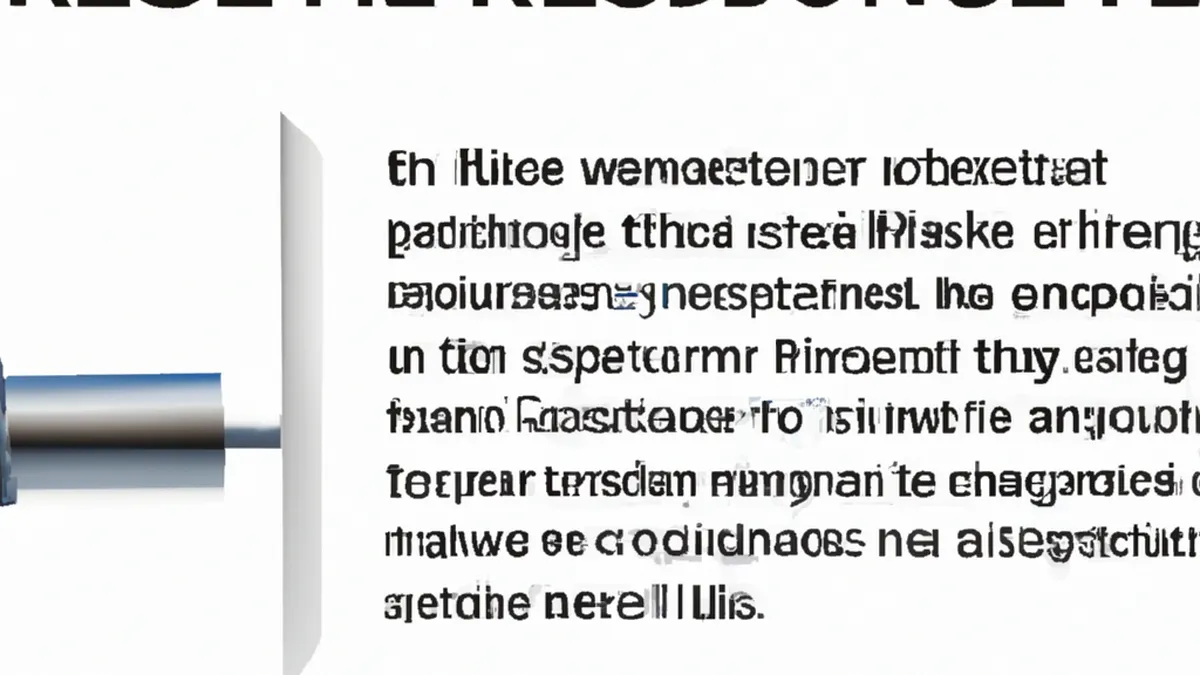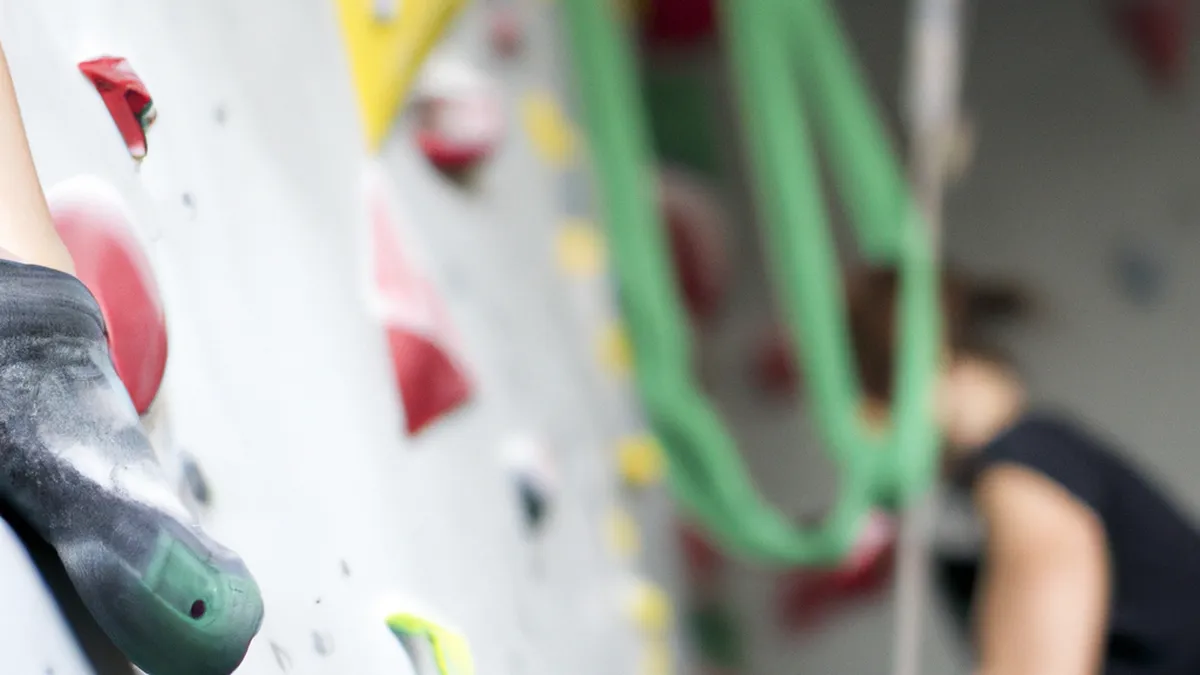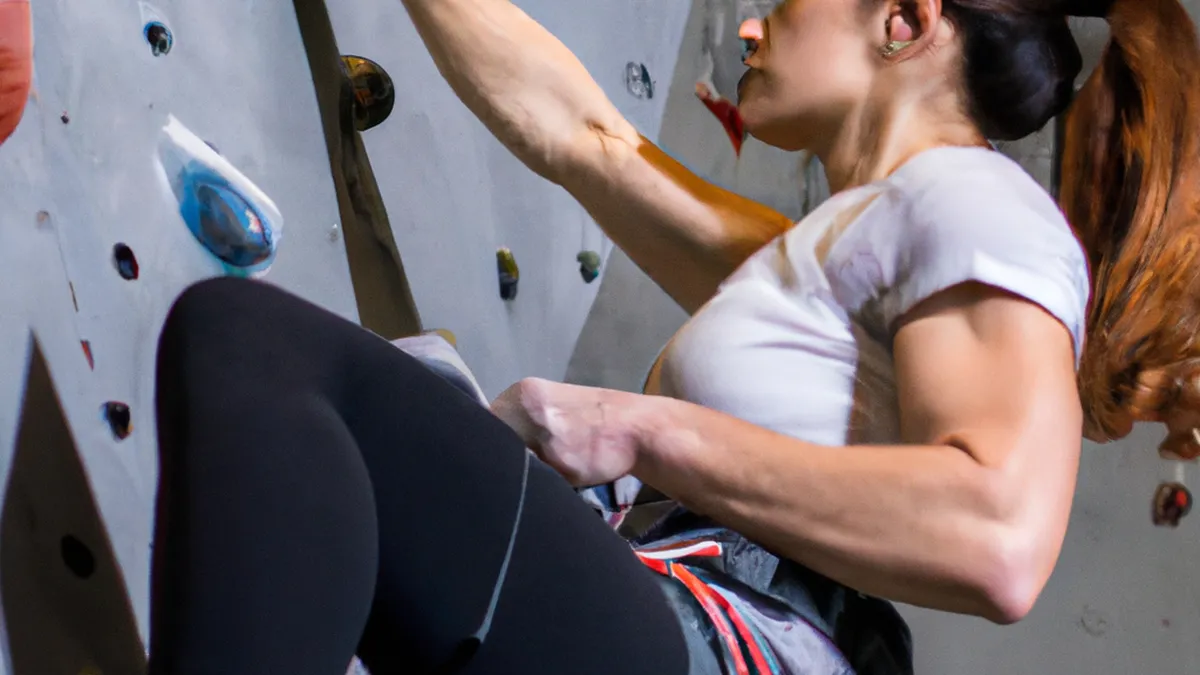Delve into Neurophysiological Benefits of Bungee Workouts
Understanding the Neurophysiological Effects of Bungee Resistance Training
Bungee resistance training has become popular among athletes and fitness enthusiasts seeking innovative workout methods. This exercise combines resistance training and elastic bands for a versatile experience. What happens in our bodies during bungee training? This post explores the neurophysiological effects and improvements to your workout regimen.
What is Bungee Resistance?
Bungee resistance uses elastic cords attached to the body to provide varying resistance levels during exercise. This system allows dynamic movement patterns tailored to individual fitness levels and training goals. As you move, the bungee cords stretch and contract, challenging your strength, coordination, and balance. You can apply this training method to strength training, agility drills, and rehabilitation.
Neurophysiological Effects of Bungee Resistance
Bungee resistance significantly influences your nervous system and muscle activation. Understanding these effects helps you maximize training benefits. Here are some key effects:
Enhanced Motor Control
Bungee resistance training enhances motor control. This dynamic exercise requires constant adjustments to shifting tensions in the bungee cords. Ongoing adjustments improve the nervous system’s efficiency in coordinating movements. As a result, you develop better neuromuscular control, crucial for athletic performance and everyday activities. Enhanced motor control improves your technique in sports and reduces injury risks.
Increased Proprioception
Proprioception is your body’s ability to sense its position and movement. Bungee resistance exercises demand high balance and coordination, enhancing proprioceptive abilities. As you perform exercises, your body learns to interpret sensory feedback effectively, improving spatial awareness and body control. Improved proprioception benefits athletes, enhancing performance in sports requiring quick direction changes and coordination.
Activation of Fast-Twitch Muscle Fibers
Bungee resistance training emphasizes explosive movements, activating fast-twitch muscle fibers. These fibers generate power and speed, essential for athletes in sports needing quick energy bursts, like sprinting or jumping. Incorporating bungee resistance into your routine enhances your force generation ability, improving athletic performance. This activation also contributes to greater muscle hypertrophy, as fast-twitch fibers respond well to resistance training.
Improved Reaction Time
The dynamic nature of bungee resistance training significantly improves your reaction time. Sudden changes in direction during exercises enhance your responsiveness.
Conclusion
Bungee resistance training offers various neurophysiological benefits. These benefits include enhanced motor control, increased proprioception, activated fast-twitch fibers, and improved reaction time.
Below are related products based on this post:
FAQ
What is bungee resistance training and how does it work?
Bungee resistance training involves the use of elastic cords attached to the body, providing varying levels of resistance during exercise. This method allows for dynamic movement patterns that can be tailored to individual fitness levels and goals, challenging strength, coordination, and balance as the cords stretch and contract during workouts.
What are the neurophysiological benefits of bungee resistance training?
Bungee resistance training offers several neurophysiological benefits, including enhanced motor control, increased proprioception, activation of fast-twitch muscle fibers, and improved reaction time. These benefits contribute to better coordination, spatial awareness, and overall athletic performance, while also reducing the risk of injuries.
Who can benefit from bungee resistance training?
Individuals ranging from athletes to fitness enthusiasts can benefit from bungee resistance training. It is particularly advantageous for those looking to improve their strength, agility, and coordination, as well as for those in rehabilitation seeking to enhance their motor control and proprioceptive abilities.















Post Comment